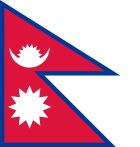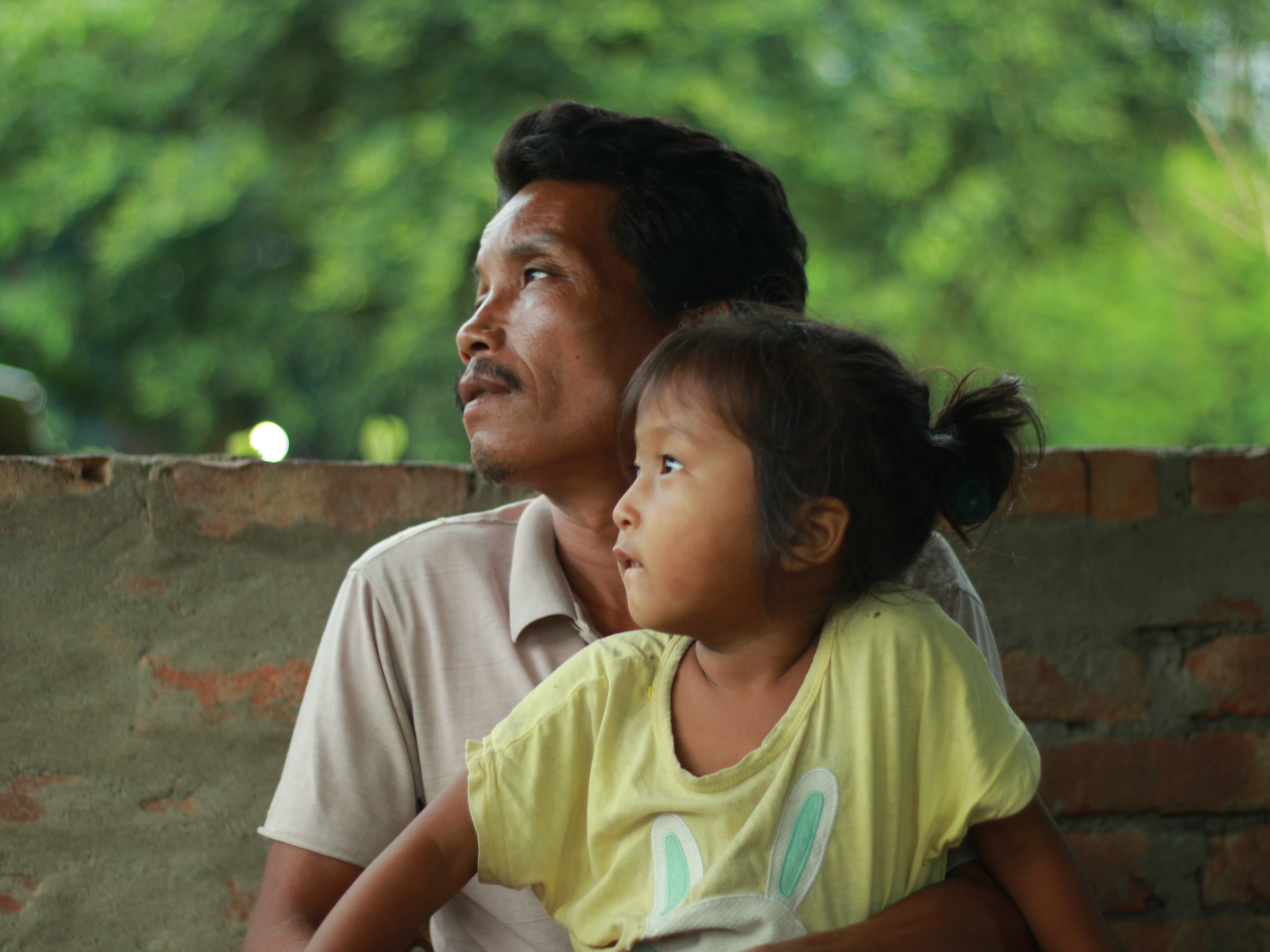
When China started the Belt and Road Initiative (BRI) in 2013, it was portrayed as a multifaceted platform intended to promote greater collaboration and understanding between continents rather than just an ambitious plan to build ports, highways, railroads, and energy corridors. The BRI was presented as a modern-day revival of the historical ethos of the Silk Road, which connected East and West through networks of trade and cultural exchange during the Han and Tang dynasties. It includes two primary routes: the 21st Century Maritime Silk Road, which connects coastal regions by sea, and the Silk Road Economic Belt, which runs overland throughout Eurasia. Together, they represent China’s goal of creating what President Xi Jinping has repeatedly referred to as a “community of shared future for mankind,” a term that captures the aim of uniting nations not only through trade but also through social, cultural, and human ties.
Over time, it has become evident that the BRI’s scope goes far beyond roads and railways, although the infrastructure component received a lot of attention during the initial global discussion of the initiative. China has attempted to broaden the initiative into fields like public health, education, cultural exchanges, and technology cooperation that have a direct impact on people’s daily lives. In 2017, China and the World Health Organization achieved a significant milestone by developing the concept of the “Health Silk Road.” This framework made it clear that connectivity under the BRI must include the flow of medical resources, knowledge, and expertise in addition to the movement of capital and goods. After all, maintaining development depends on having healthy populations. Easily accessible and culturally acceptable healthcare is one of the biggest facilitators of social well-being, especially in developing countries where medical resources are limited, as former WHO Director-General Margaret Chan pointed out when lauding China’s efforts in traditional medicine.
Traditional Chinese Medicine (TCM) has taken attraction in this vision. TCM is “a treasure of Chinese civilization,” according to President Xi Jinping, who has emphasized that part of China’s contribution to human development is to encourage its integration into international healthcare systems. Thus, the Health Silk Road is an endeavor to spread awareness of China’s healing traditions throughout the world in addition to strengthening hospitals and health systems. Under the BRI framework, more than thirty foreign TCM centers have already been set up, offering acupuncture, herbal therapies, and integrative medicine services to local populations in Africa, Central Asia, and Europe. These facilities serve as both cultural bridges and healthcare facilities, proving that customs from one region of the world can enhance and support medical procedures in another.
The Health Silk Road ushered in a new chapter in Nepal’s relationship with China. Under the direction of Prime Minister K.P. Sharma Oli, Nepal formally signed a Memorandum of Understanding on the Belt and Road Initiative in May 2017. The health aspect has gradually become more significant, even though the majority of the attention has been on infrastructure projects like roads, hydropower plants, and cross-border trade routes. The pivotal moment was in October 2019, when President Xi Jinping made the first state visit to Nepal. 20 agreements and Memorandums of Understanding were signed between China and Nepal during that visit, including a historic one between China’s National Administration of Traditional Chinese Medicine and Nepal’s Ministry of Health and Population. A new era in which TCM could be methodically incorporated into Nepal’s healthcare system began with this agreement, which established a structured pathway for collaboration in acupuncture, herbal medicine, and integrative healthcare.
This development has serious implications for Nepal. The delivery of healthcare in the nation is fraught with difficulties. The WHO reports that Nepal has a doctor-to-population ratio of only 0.17 per 1,000, well below the WHO-recommended minimum of 2.3 per 1,000. The majority of people in Nepal live in rural areas, where it can be difficult to get even the most basic medical care. Concurrently, the prevalence of non-communicable diseases like diabetes, high blood pressure, heart disease, and cancer is rapidly rising, further taxing an already overburdened healthcare system. TCM integration provides useful and reasonably priced solutions in such a situation. Acupuncture can relieve chronic pain instead of expensive medications. Herbal remedies can effectively manage two conditions: diabetes and high blood pressure. Tai Chi and other mind-body techniques can help with senior care and rehabilitation. These interventions are well-suited to Nepal’s circumstances because they have shown quantifiable benefits with comparatively low resource requirements.
Nepal has its own traditional medical systems. Like TCM, the nation’s centuries-old Ayurvedic practice places a strong emphasis on prevention, balance, and overall health. In addition to relying largely on natural pharmacopeias of herbs, minerals, and dietary regulation, both traditions emphasize the interdependence of the body, mind, and environment. Because of their similar philosophical underpinnings, TCM is not considered an alien system in Nepal; rather, it is considered a complementary tradition that can be combined with Ayurveda to create a healthcare model that is inclusive and culturally sensitive. Combining these systems is in keeping with integrative approaches, which draw from both traditional and modern systems to provide comprehensive care, which many academics and professionals believe will shape medicine in the future.
There has already been tangible progress in this area. Bharatpur Cancer Hospital has implemented acupuncture and herbal treatments to lessen the negative effects of chemotherapy and enhance the quality of life for cancer patients. Through a partnership between China and Nepal, the Civil Service Hospital in Kathmandu opened a TCM center that provides everything from herbal consultations to acupuncture. Acupuncture has also been incorporated into the offerings of private hospitals like the Annapurna Neurological Institute, especially for the treatment of migraines, chronic pain, and stroke rehabilitation. These instances demonstrate that TCM is becoming more institutionalized within Nepal’s healthcare system and is no longer limited to isolated experiments.
The use of TCM in Nepal is also a component of a larger global trend. China has aided the growth of TCM institutions across various regions under the BRI. By becoming a part of this global network, Nepal not only gains access to China’s resources and experience but also establishes itself as a player in the global integrative medicine discussion. This makes it possible for Nepalese researchers and practitioners to participate in joint studies that validate traditional practices using contemporary scientific methods, exchange ideas, and receive scholarships.
The advantages for Nepal could be revolutionary. By increasing the use of TCM and reducing the nation’s dependency on costly medications and invasive procedures, we can lessen the financial burden on patients. In addition to creating skilled jobs for physicians, educators, and researchers, the establishment of TCM training facilities and research institutes will also foster local expertise that guarantees sustainability. Incorporating TCM into Nepal’s expanding medical and wellness tourism sector may draw tourists from abroad looking for all-encompassing care, enhancing the nation’s popular trekking and cultural tourism industries. Another option is provided by Nepal’s abundant biodiversity, which may encourage the production of therapeutic herbs used in TCM and Ayurveda, generating income for rural communities.
However, challenges persist. Both the general public and medical professionals with training in Western medicine continue to harbor misconceptions and skepticism regarding TCM. The lack of qualified professionals in Nepal limits the range of services available. To guarantee patient safety and global credibility, issues regarding the standardization and quality of herbal medicines must also be addressed. Various tactics are needed to overcome these obstacles, including implementing quality control systems, creating robust regulatory frameworks, promoting rigorous scientific research, and increasing public awareness through education campaigns. Nepal can learn a lot from China’s experience standardizing and internationalizing TCM.
The momentum is evident in spite of these obstacles. In addition to the physical connectivity of roads, railroads, and hydropower projects, health cooperation under the BRI gives Nepal a human-centered aspect. The two countries are establishing a “strategic partnership of cooperation featuring everlasting friendship for development and prosperity,” as President Xi Jinping said during his 2019 visit to Nepal. The partnership’s inclusion of healthcare, and particularly traditional medicine, demonstrates that development encompasses both enhancing people’s quality of life and fostering economic growth.
Prioritizing TCM within the framework of the Belt and Road Initiative (BRI) is more than just a health policy for Nepal; it is a calculated decision to integrate development with heritage, modernize without losing cultural roots, and prioritize the well-being of people in bilateral cooperation. Co-developing TCM clinical services, research, and education will help Nepal become a regional center for integrative medicine, improve its healthcare system, and fortify its relationship with China. By doing this, Nepal is not only giving its people more access to healthcare, but it is also advancing the Health Silk Road’s common goal of prosperity and peace.
















